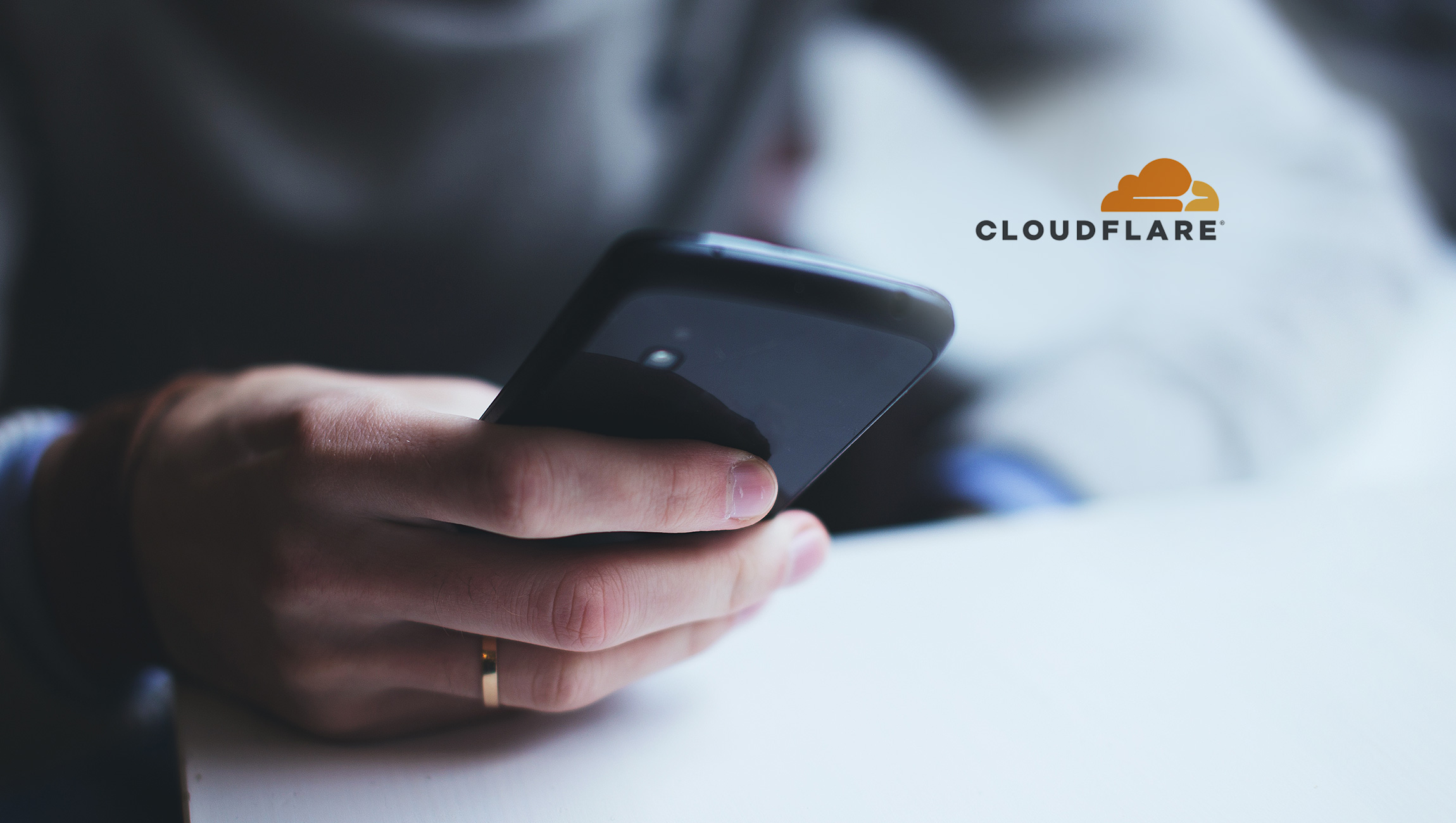Findings Cover Desktop and Mobile Web Sessions in US and Europe Across a Variety of Ecommerce Sites
Namogoo, the company leading the fight against Online Journey Hijacking – a rapidly growing challenge facing eCommerce brands – released its latest Benchmark Report for 2018. The key findings provide a comprehensive look at a growing but little-known problem that affects 15-25 percent of all user web sessions and costs eCommerce brands hundreds of millions in revenue.
Online Journey Hijacking is a rapidly growing phenomenon where unauthorized ads are injected into consumer web browsers – resulting in product ads, banners and pop-ups which appear to the user when visiting an ecommerce site, disrupting their eCommerce experience and diverting them to competitor sites. Web browsers get infected by digital malware when users install software downloads or program updates, or when they connect to public Wi-Fi networks. These unsanctioned promotions – hidden from retailers because they come from the users’ side – cost retailers between two to five percent in annual revenue.
Marketing Technology News: Infor Completes Acquisition of ReServe Interactive
With the only solution helping online retailers block Online Journey Hijacking, Namogoo uses analytics and machine learning to prevent the injection of unauthorized ads that direct consumers to competitors’ sites. Powered by these AI analytics, Namogoo’s report illustrates the scale and impact of this problem on both user experience and online business revenue. The findings are based on an analysis of billions of page views in 2018 across various eCommerce verticals in the US and Europe.
Marketing Technology News: MadCap Software Introduces Industry-First Authoring for Chatbots and AI with Newest Releases of MadCap Central and MadCap Flare
Among the report’s major takeaways:
Users on all major desktop web browsers exhibited high infection rates: But Apple’s Safari web browser had the highest such infection rate for both desktop and mobile users at 24.66% and 19.19% respectively.
Desktop Infection Rates – US vs. Europe: Infection rates were highest in the US during Q4 2018 – including the peak holiday shopping season – when 21.57 percent of all user sessions were exposed to unauthorized ads. In Europe, these disruptions peaked during Q2 2018 at 22.56 percent.
Mobile Infection Rates: Infection rates on desktops are generally higher than on mobile devices. This can be attributed to the fact that while mobile browsing is increasing, most conversions still occur on desktops. Desktop users in both the US and Europe infected with Online Journey Hijacking – hovering at just over 20 percent of all desktop website visitors – substantially impacted online revenue for businesses throughout 2018. Mobile infection rates in Europe rose markedly after Q1 2018, hovering at just over 17 percent of all mobile site visitors.
Online Journey Hijacking by Vertical: Online Journey Hijacking impacts all verticals since it is caused by malware running on the consumer’s device. Desktop infection rates include home (23.13 percent), apparel (22.99 percent), eye wear (20.45 percent), gifts and hobbies (18.28 percent) and health and beauty (17.64 percent).
Conversion Rate by Quarter: One of the most common misconceptions regarding infected users is that they are less digitally savvy and thus less important for eCommerce businesses. Namogoo compared conversion rates for users who are not impacted by unauthorized ads versus infected users after injected ads were blocked to provide them a distraction-free experience. The data shows that infected users for whom injected ads were blocked converted more than twice as frequently as clean users. These findings demonstrate the importance of the infected user segment to online business revenue.
Checkout Abandonment Rates: As the report’s conversion findings suggest, the most active consumers are often exposed to unauthorized promotions as a result of downloading malicious content. Once these disruptions are removed from their experience at checkout, they abandon this critical stage of the sales funnel less frequently, making purchases more often.
“The extensive data reveals a growing problem online businesses are facing, one which most don’t even know they have,” said Chemi Katz, CEO of Namogoo. “No online business is safe from Online Journey Hijacking. We want businesses to be aware of just how much this impacts their customers’ shopping experience and their revenue, and to help them realize the true potential of their digital investments.”
Marketing Technology News: Syndigo Releases New Capabilities for Content Experience Hub











